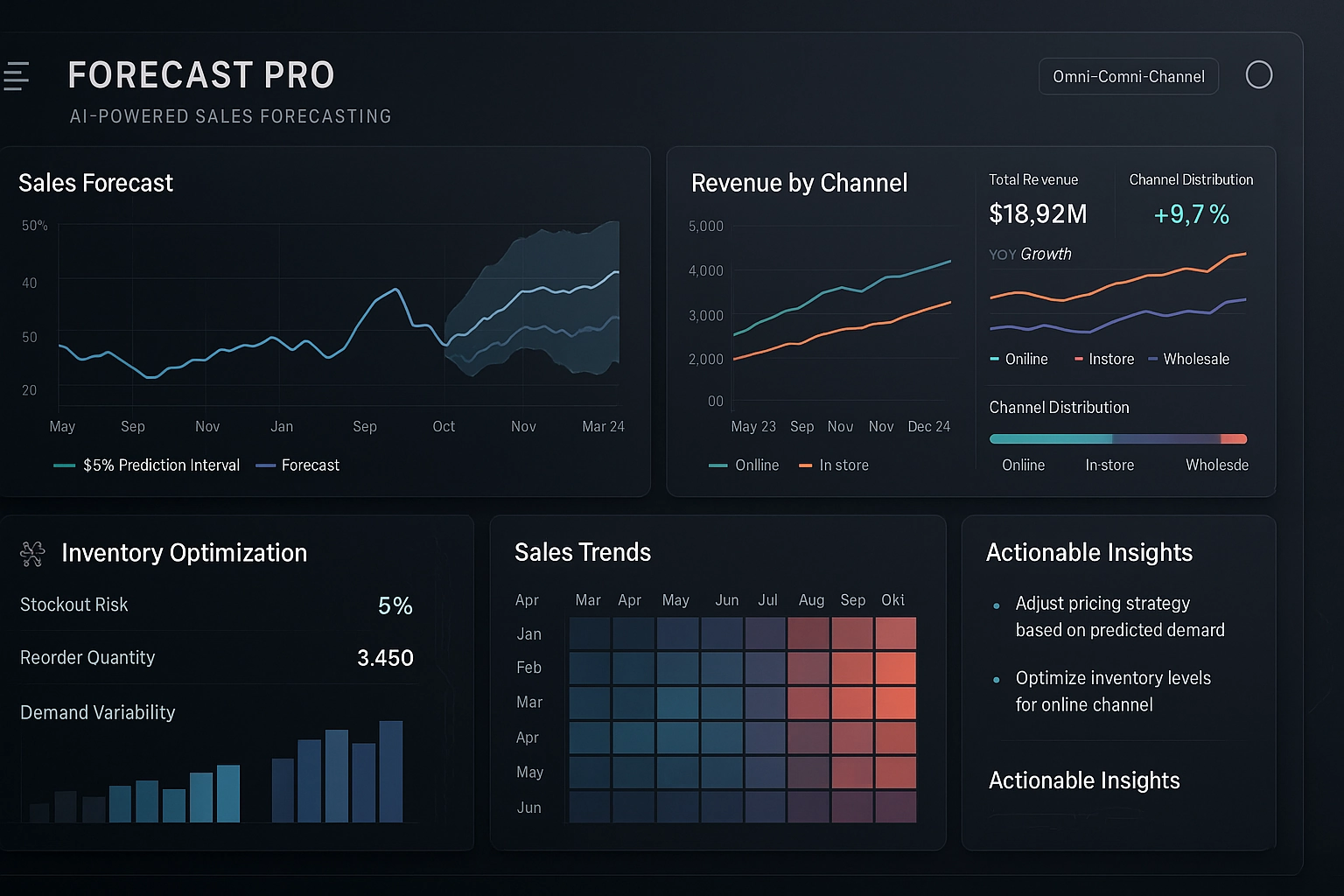
Multimodal AI: Transforming Enterprise Decision-Making
The business intelligence landscape is undergoing a profound transformation with the rise of multimodal AI systems. Unlike traditional AI models that process a single type of data—such as text, images, or audio—multimodal AI can simultaneously interpret and analyze multiple data formats, creating a more comprehensive and nuanced understanding of complex business scenarios.
This technological evolution represents a significant leap forward in enterprise decision-making capabilities. By integrating diverse data streams, multimodal AI systems can identify patterns and correlations that would remain invisible to single-mode analysis, providing executives with unprecedented insights for strategic planning and operational optimization.
Consider a retail operation leveraging multimodal AI for market analysis. The system can simultaneously process customer reviews (text), in-store traffic patterns (video), social media engagement (multiformat), and sales call recordings (audio) to develop a holistic understanding of consumer behavior and preferences. This comprehensive analysis enables more accurate demand forecasting, targeted marketing strategies, and optimized product development.
In manufacturing environments, multimodal AI is revolutionizing quality control and predictive maintenance. By combining visual inspection data from cameras with acoustic anomaly detection and operational metrics from IoT sensors, these systems can identify potential equipment failures before they occur, reducing downtime and maintenance costs while extending asset lifecycles.
Financial institutions are deploying multimodal AI for enhanced risk assessment and fraud detection. These sophisticated systems analyze transaction patterns alongside customer interactions across multiple channels, flagging suspicious activities with greater accuracy and fewer false positives than traditional rule-based approaches. The ability to process diverse data types enables more nuanced risk scoring and personalized financial recommendations.
Healthcare organizations are leveraging multimodal AI to improve diagnostic accuracy and treatment planning. By integrating medical imaging, patient records, genetic data, and even conversational inputs, these systems can assist clinicians in identifying conditions earlier and developing more effective, personalized treatment protocols. This comprehensive approach is particularly valuable for complex cases requiring multidisciplinary perspectives.
The implementation of multimodal AI does present significant challenges. Organizations must develop robust data integration frameworks, ensure appropriate governance across diverse data types, and address the increased computational requirements of these sophisticated systems. Additionally, the interpretability of multimodal AI decisions requires careful attention to maintain transparency and trust in high-stakes business contexts.
Despite these challenges, the competitive advantages of multimodal AI are compelling. Organizations that successfully deploy these systems gain access to deeper insights, more accurate predictions, and the ability to respond more effectively to complex market dynamics. As processing capabilities continue to advance and implementation frameworks mature, multimodal AI is poised to become an essential component of enterprise intelligence strategies.
Looking ahead, we can anticipate further evolution in multimodal AI capabilities, including more seamless integration of real-time data streams, enhanced contextual understanding across modalities, and more intuitive interfaces for business users. These advancements will continue to expand the strategic value of AI systems, enabling more agile and informed decision-making across all levels of the organization.
For forward-thinking enterprises, the message is clear: multimodal AI represents not just an incremental improvement in business intelligence capabilities, but a fundamental shift in how organizations can understand and respond to their operating environment. Those who embrace this technology now will be well-positioned to maintain competitive advantage in an increasingly complex and data-rich business landscape.